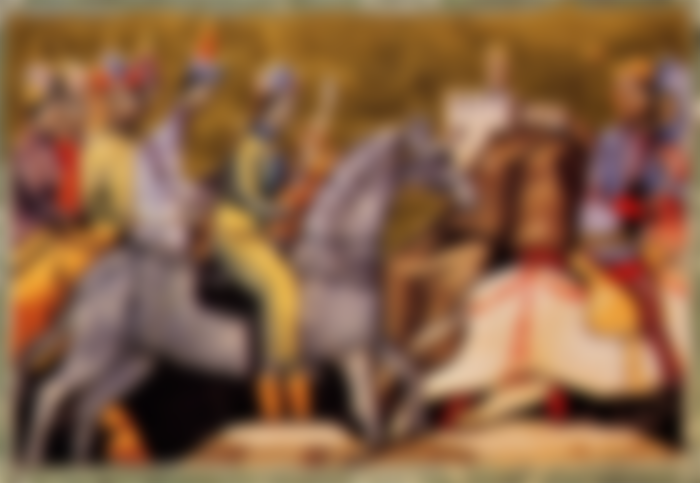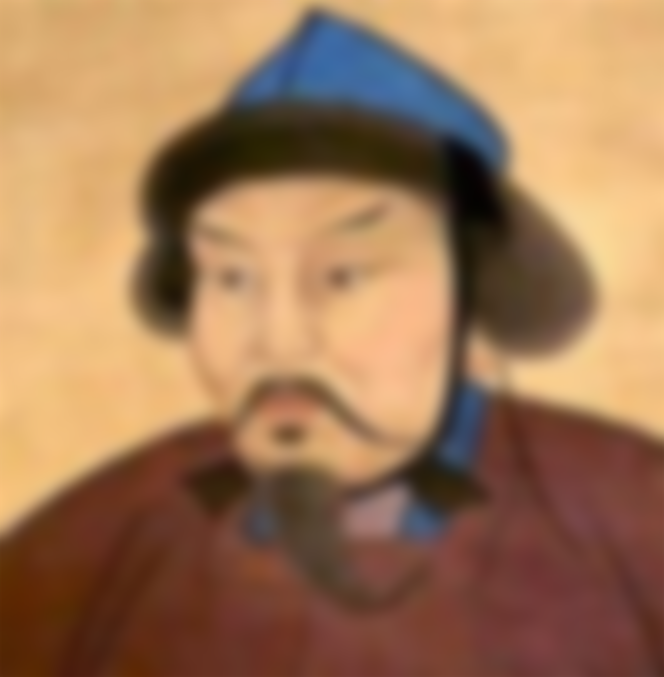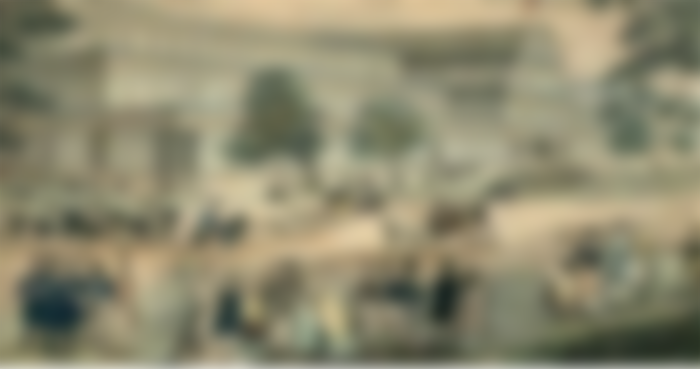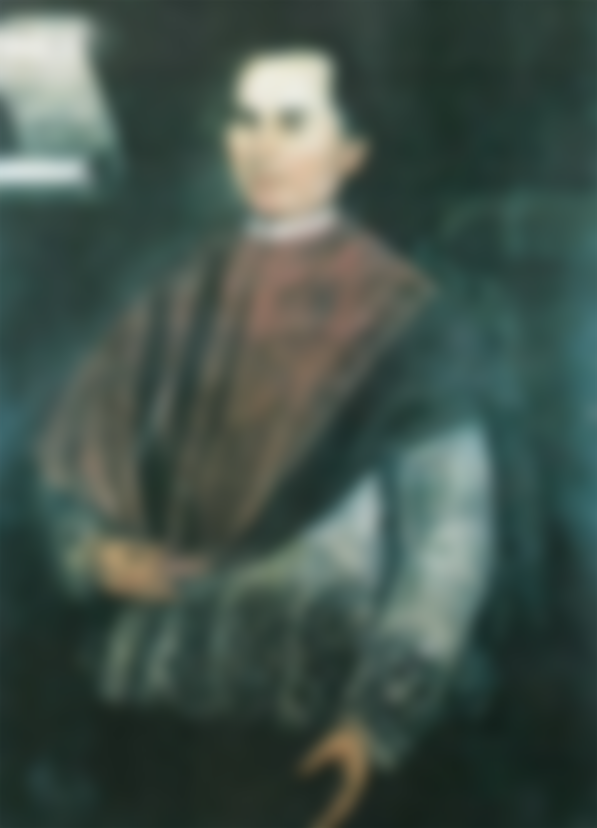Little is known about the penetration of the Mongols (Tatars). And those few scarce records are of questionable credibility.
The name "Mongol" comes from the Tungusic languages and means "invincible". It used to refer to a small, insignificant tribe that lived in the middle reaches of the Onon River. Later, during Genghis Khan in the 13th century, it became customary as a collective name for the whole nation.

The Mongol invasions of Europe were a series of wars and conflicts between the Mongols and the countries of Eastern and Central Europe and from 1235 to 1290. The wars began with Subedei's devastation of Eastern Slavic principalities such as Kievan Rus' and the Vladimir-Suzdal principality. The Mongols then invaded the Kingdom of Hungary and Poland.
The Mongol army is the most perfect war machine of the Middle Ages. At a time when European knights fought in previously agreed places and got lost due to poor reconnaissance, Mongolian scouts studied absolutely everything: terrain, number of enemies, condition of fortifications, amount of food ... Tactical ideas were carried out with iron discipline. Communication between the units, which were composed of numerous tribes of Mongolian and Turkish origin, was perfectly organized by a system of flags.
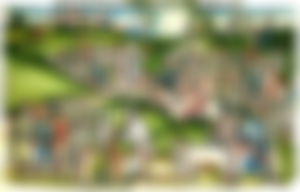
Genghis Khan's son Ogotaj launched a campaign in the West in 1236. Russian cities surrendered in order since 1237 (last 1240 Kiev).
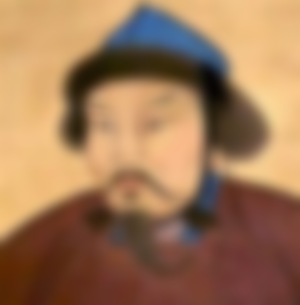

The medieval Hungarian-Croatian army and the Templars, led by King Bela IV and his brother Duke Koloman, stood on April 11, 1241 in front of the Mongols on the river Shajo (Muhi csata) and lost the battle. The Hungarian army was defeated. King Bela IV managed to escape to Zagreb, and his brother Koloman, badly wounded, to Čazma, where he died. There is speculation that the strong Hungarian medieval army was actually broken by the use of early firearms, some primitive bombs and cannons that the then Hungarian army encountered for the first time and the Mongols used it by taking over equipment from the Chinese.

A contemporary of these events, Thomas the Archdeacon, describes in detail the characteristics of the Tatars / Mongols and their invasion of the Adriatic in his work Historia Salonitana. He cites their origins and some names such as Batu-kan and Kadan. It describes the way of warfare, their weapons, and their physical appearance.

Ivan Tomašić (16th century) in his "Short Chronicle of the Kingdom of Croatia" described the Tatar three-year invasions in Croatia. He writes that King Bela IV took refuge on Krk where he was with Frankopan, Bartul and Fridrik. White IV gave gold and silver, gathered a large army and defeated the Tatars at the "Galen Fortress, the popular Grobnik, in that field, where the Grobnik Fortress now rises."

56 thousand Tatars were killed then. After the victory, Tomašić writes, Frederick took the king to Buda, who granted them the honor of count and gave them a large part of Dalmatia: Senj, Krk and Modruš.
